Performance issues suck. Customers are frustrated. Your servers are overloaded. Management is breathing down your neck.
You've already solved all your N+1 issues, added the necessary indexes, and you're even paying for the most expensive database server available. But despite all this, some things just feel impossible to build in a performant way.
-
We can't paginate results in the database because they depend on authorization checks that happen in Laravel.
-
We have to do some really complicated calculations on large data sets, which seems impossible without a real programming language like PHP.
-
We can't sort results in the database, because we have to sort by values computed in our application.
So you invest months into different caching strategies to try and speed things up, but caching is hard. Every time you think you've solved a performance problem, you have a new caching problem to deal with instead.
I've been there and it sucks. So one day I decided “that's it, I'm going to figure out how to push all this work to the database if it kills me.” The results blew my mind.
By leveraging advanced database techniques, like sub queries, conditional aggregates, and aggressive use of scopes, pages that took 30+ seconds to load were now loading within 500ms!!
I've since spoken about Eloquent and database performance at both Laracon Online and Laracon US, and have written in-depth articles on the topic.
Eloquent Performance Patterns is a culmination of everything I've learned along my journey, distilled into a single course. We're going to dig deep into advanced real world problems. This isn't another Eloquent introduction course.




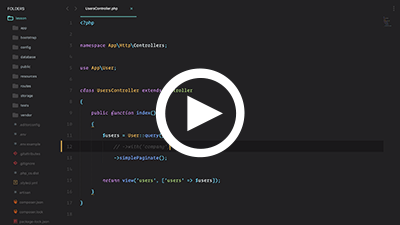
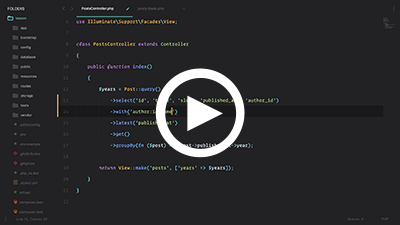
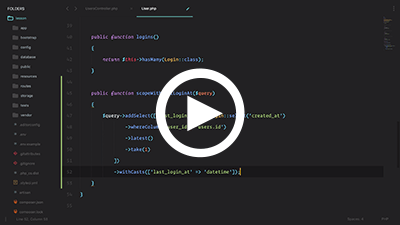
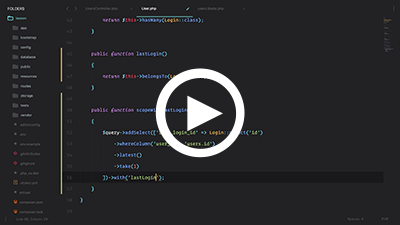
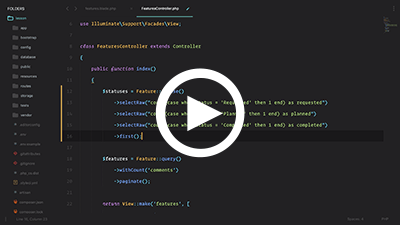
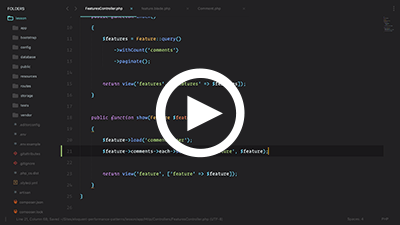
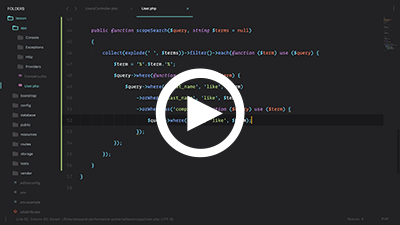
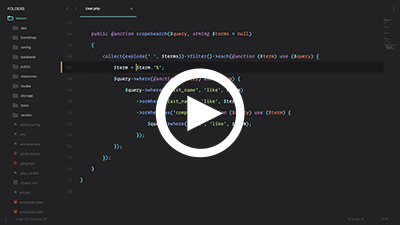
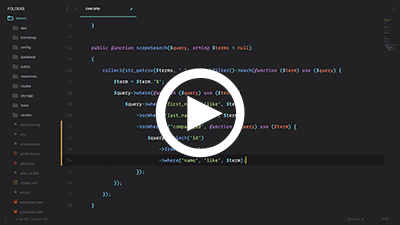
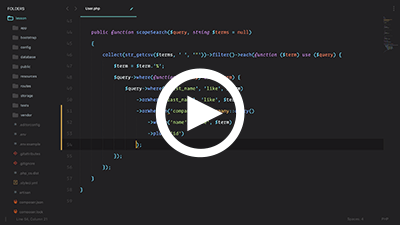
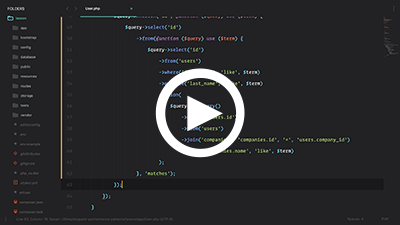
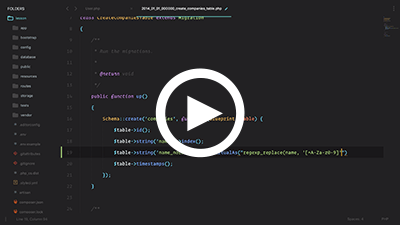
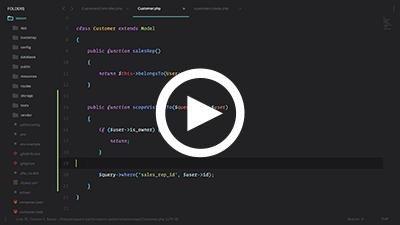

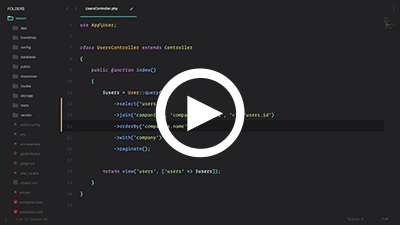
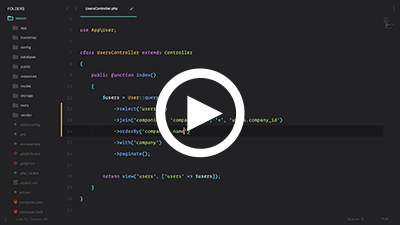
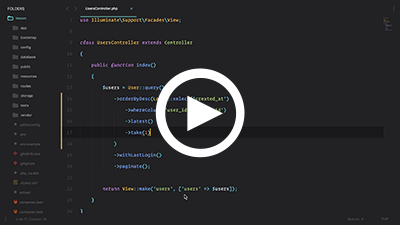
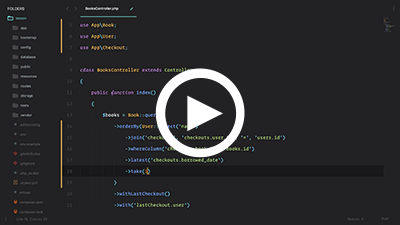
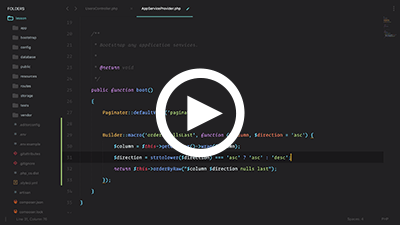

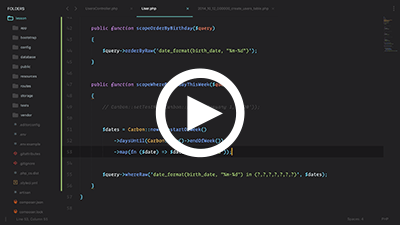
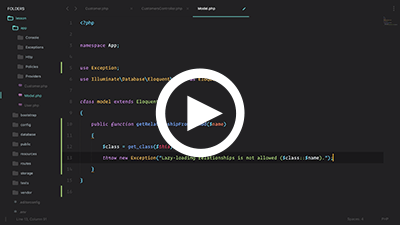
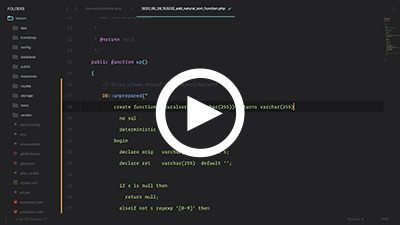
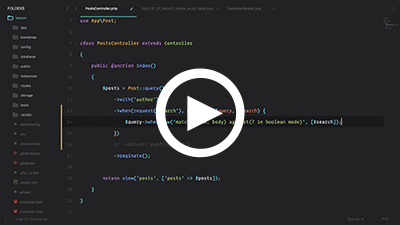
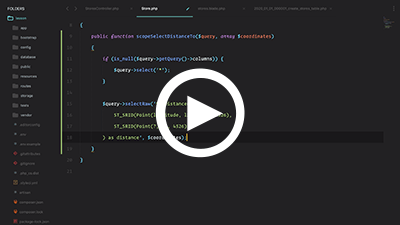
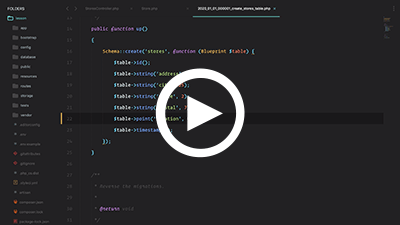
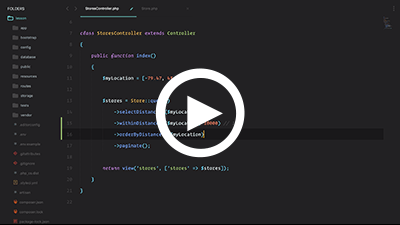
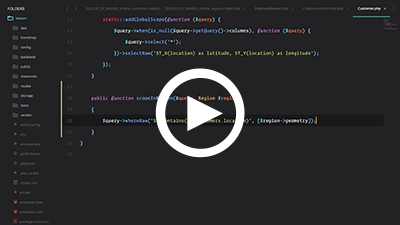


















 in the email address input. Click that icon, and you'll be able to enter the recipient's email address and a description.
in the email address input. Click that icon, and you'll be able to enter the recipient's email address and a description.